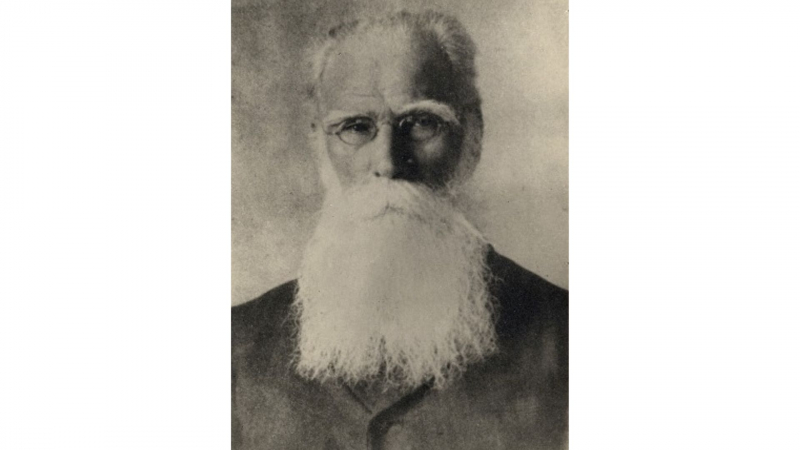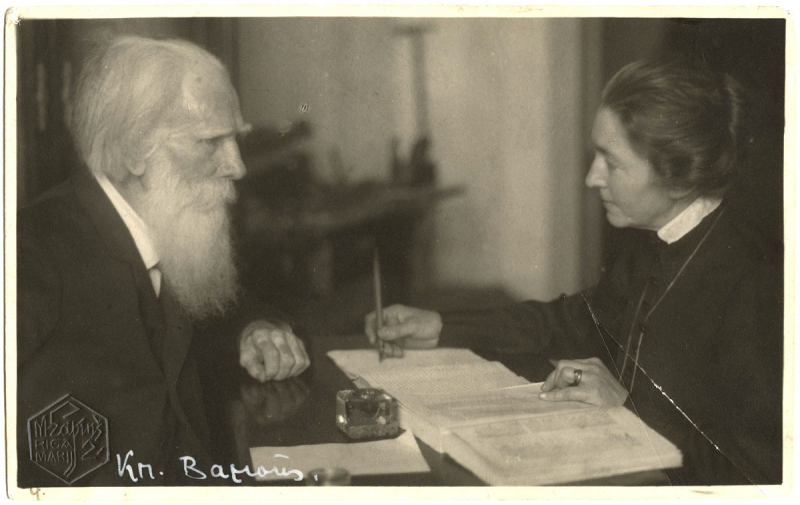Krišjānis Barons
Krišjānis Barons (1835-1923) was a Latvian folk song collector. His life project was massive, involving study all around Latvia. The resulting "museum of songs," which included approximately 200.000 folk songs, was inscribed in UNESCO's "Memory of the World." Latvian songs would ultimately have a significant impact on Latvian independence movements, serving as the foundation for regular Song festivals. Many of these folk songs would have been forgotten if not for Barons' efforts, as Latvia was rapidly urbanizing, and Latvians would have lost a crucial pillar of their identity.
He was a Latvian writer renowned as the "Father of the Dainas" for his work in systematizing Latvian folk melodies and preparing their words for publishing in Latvju dainas. Prior to the Lat being replaced by the Euro in 2014, his portrait appeared on the 100-lat banknote, making him the only human face of an actual person on current Latvian currency. Barons was a prominent member of the Young Latvians as well as a writer and editor.
Barons is best known as the author of Latvju dainas (LD), a collection of 217 996 folk songs released in six volumes between 1894 and 1915. However, Barons did not originate the idea, nor did he collect or rewrite all of the collected texts on the little paper slips of the famous Cabinet of Folk Songs (Dainu skapis), despite the fact that a considerable number of the slips reflect Barons' own handwriting, as some may imagine. Nonetheless, his contribution is not insignificant. He developed the LD classification system, grouping the texts and creating the concept of song type or bush.








